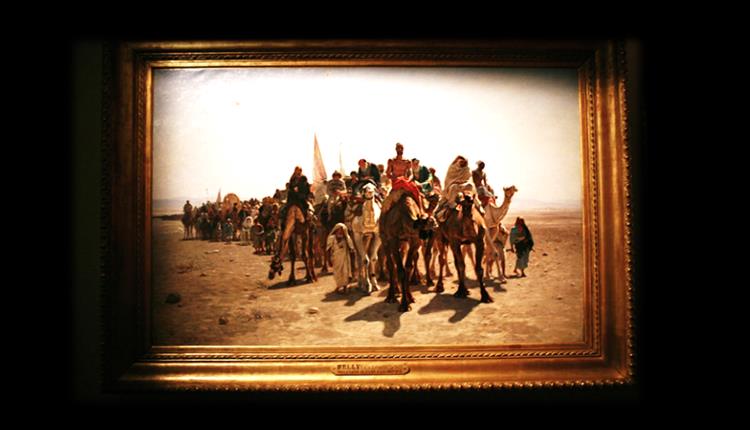Islamic Ban on Pictures of Living Beings
Following is an excerpt from the book ”Islamic Art” by David Talbot Rice
” When did the ban on representation of living figures, which is generally believed to be the characterstic of Islamic art, arise?
The subject is one which has been argued and discussed by numerous authorities, but it would seem that in the early days of Islam,there was no wide spread veto;there is certainly no passage forbidding representational painting in the Quran itself. the hadith or tradition on the other hand did take a hostile attitude, though it is questionable whether this hostility was actually formulated before the ninth century. It certainly did not affect the secular art of the period, as witness the paintings at Qasr-e-Amra, Qasr al Hair and Khirbet al Mafjar, nor was it universally enforced with regard to secular art in later times. But in mosques the dictum was already in force by 690 A.D ”
If you have a look at the photographs of frescoes from the 7th century desert palace of Qusair Amra in Jordan you will find pictures of living beings on them.
So how does one explain the prohibition bordering on revulsion regarding painting and iconic images, even at homes and residential spaces ? Please do shed light on it.
Answer
The quotation from “Islamic Art” is very interesting. It converges with the view that the veto on pictures of living beings was imposed a couple of centuries later when ahadith became more widely available in the third century hijra. Mosques were influenced by the understanding much earlier because, after all, the prophet’s statements apparently condemning pictures of living being were available through individuals much earlier.
It would however be interesting if we get evidence of pictures of living beings in mosques prior to 690 AD.
I would like to add that not only did the Quran not condemn the pictures of living beings, it made a positive mention of it when describing God’s blessings upon Sulaiman, alaihisslaam, which included ‘tamathil’ which means pictures. (34:13)
It goes without saying the pictures condemned in hadith were the ones that were used as objects of worship. Unfortunately, the censor was extended to all kinds of pictures of living beings because of a peculiar misinterpretation of the hadith text.
Of course, no obscene picture can be allowed in Islam. For more details please see “Prohibition or allowance of photography in Islam”

